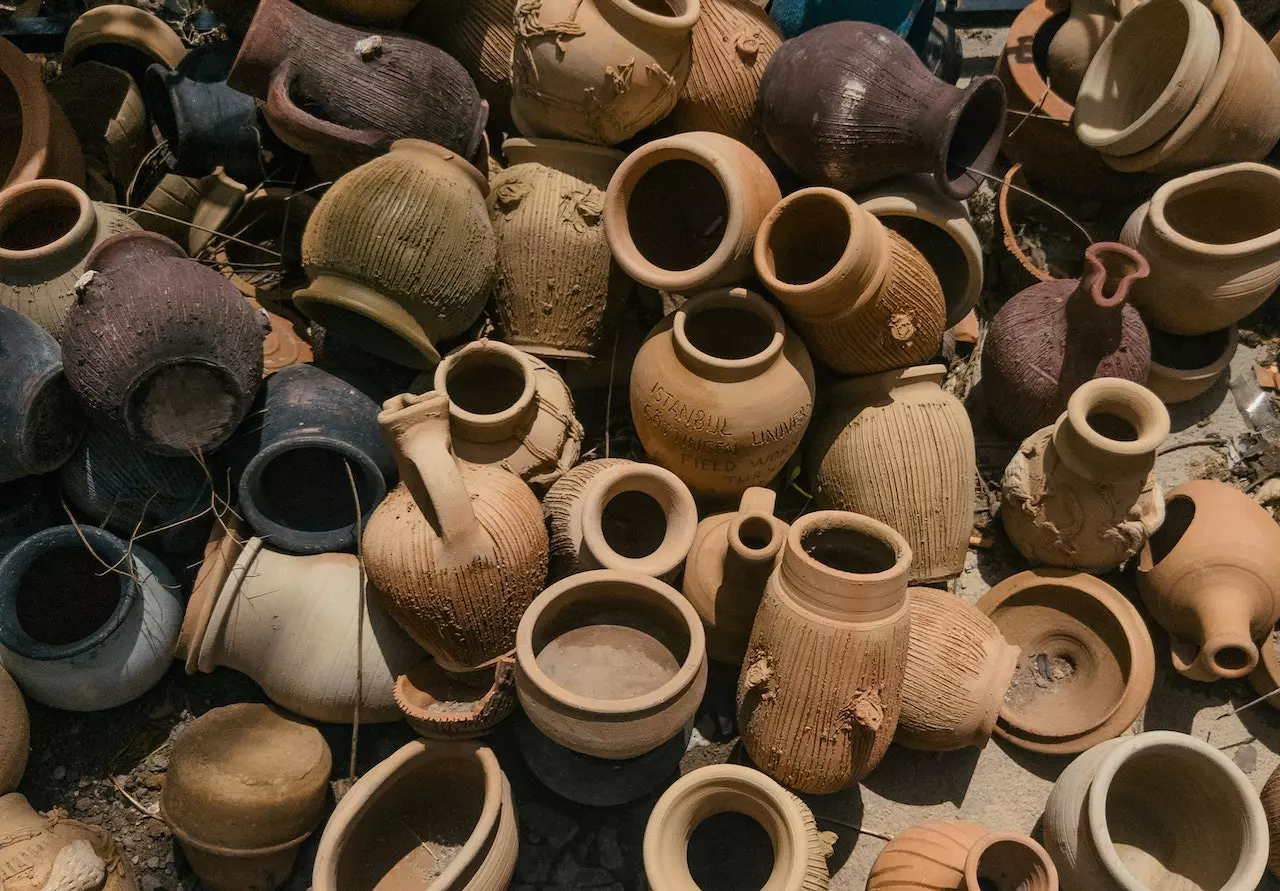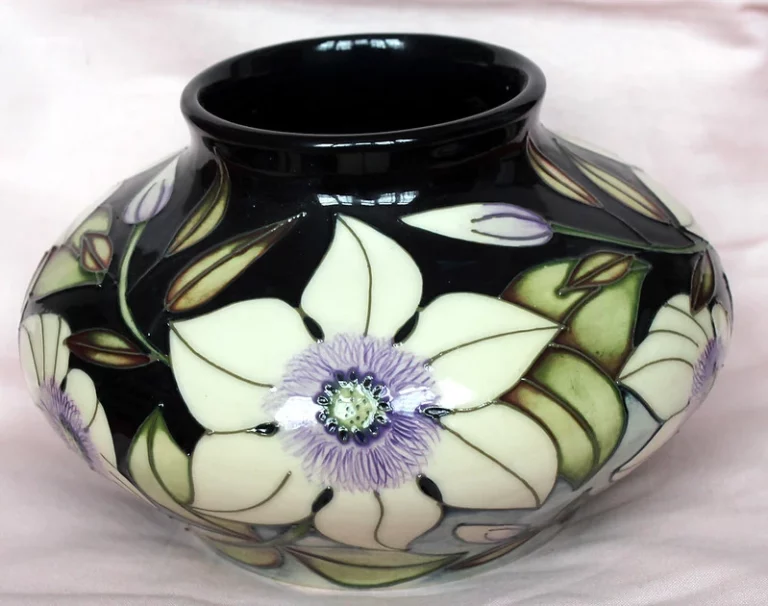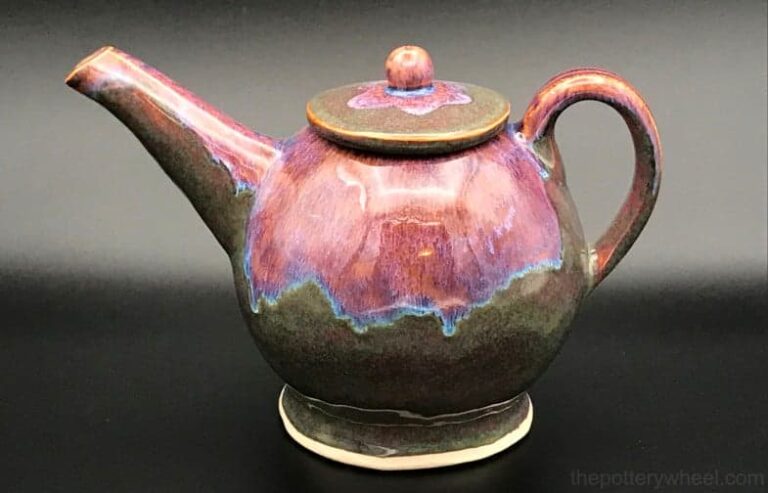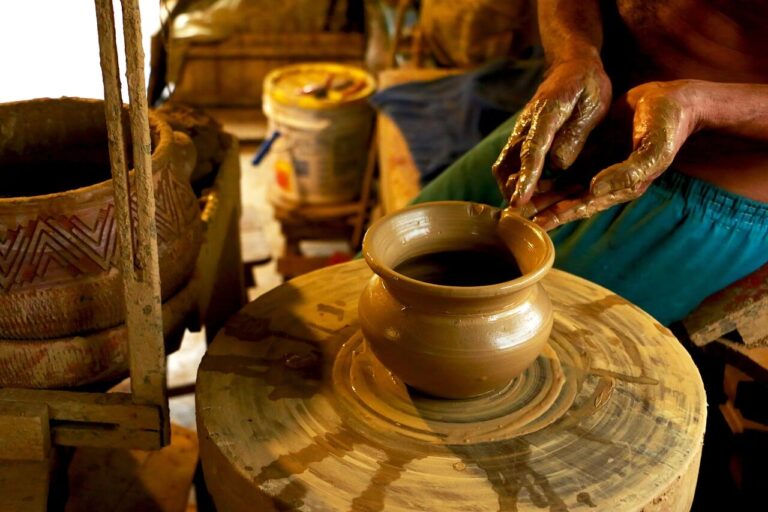A Comprehensive Look at the History of Pottery
Pottery is one of the oldest and most enduring forms of human craftsmanship. For thousands of years, people have shaped and fired clay to create functional and decorative objects.
From prehistoric times to the modern era, pottery has played a significant role in various cultures and civilizations around the world. In this article, we will explore the fascinating history of pottery, tracing its origins and development through different periods of human civilization.
Introduction
Pottery has its roots deep in prehistory, with the earliest known ceramic artifacts dating back to around 30,000 BCE. These early pottery pieces were simple and utilitarian, made from clay mixed with other materials like crushed shells or rocks to strengthen the structure. Over time, as humans discovered the transformative power of fire, the art of pottery evolved and became more refined.
Early Origins of Pottery
Prehistoric Pottery
The origins of pottery can be traced back to the prehistoric era when hunter-gatherer societies transitioned to settled farming communities. As humans began to cultivate crops, they realized the need for containers to store and transport food. This led to the development of rudimentary pottery vessels, initially shaped by hand and later using techniques like coiling and pinching.
Neolithic Pottery
The Neolithic period, around 10,000 BCE, witnessed significant advancements in pottery. People started using pottery not only for functional purposes but also for artistic expression. Clay vessels were now decorated with intricate patterns and symbols, reflecting the cultural and social aspects of early societies. This marked a crucial turning point in the history of pottery, as it became an integral part of human civilization.
Development of Pottery in Ancient Civilizations
Ancient Mesopotamia
In ancient Mesopotamia, located in present-day Iraq, pottery flourished as a result of advanced techniques and innovative designs. The wheel was invented during this time, revolutionizing pottery production and enabling potters to create more symmetrical and intricate forms. Mesopotamian pottery was known for its exquisite craftsmanship and elaborate glazing techniques.
Ancient Egypt
The ancient Egyptians were master potters who produced pottery of exceptional quality. They used the potter’s wheel to shape clay and developed unique pottery styles such as the black-topped red ware and the blue-glazed faience. Egyptian pottery was not only utilitarian but also held religious and symbolic significance, often depicting scenes from mythology and daily life.
Ancient China
China has a rich history of pottery that spans thousands of years. The invention of porcelain, a type of ceramic made from a specific type of clay known as kaolin, revolutionized the pottery industry. Chinese porcelain, with its delicate beauty and translucent appearance, became highly sought after across the world. The Ming and Qing dynasties are considered the golden age of Chinese porcelain production.
Pottery in Classical and Medieval Periods
Greek Pottery
Ancient Greece is renowned for its pottery, which not only served practical purposes but also showcased the Greeks’ artistic achievements. Greek pottery was often decorated with scenes from mythology, historical events, and everyday life. The red-figure and black-figure techniques were developed during this period, allowing for intricate detailing and vibrant designs.
Roman Pottery
The Romans inherited much of their pottery tradition from the Greeks but also made significant contributions to the field. Roman pottery was characterized by its diverse shapes, such as amphorae, plates, and bowls. The Romans perfected the art of glazing and introduced new decorative techniques like relief work and the use of colored slips.
Islamic Pottery
During the Islamic Golden Age, pottery reached new heights of sophistication. Islamic potters developed unique styles and techniques, including intricate geometric patterns and calligraphic designs. The lusterware technique, which involved applying metallic glazes to achieve iridescent effects, was particularly prominent in Islamic pottery.
Renaissance and Industrial Revolution Impact on Pottery
Majolica and Faience
The Renaissance period witnessed a resurgence of interest in pottery, particularly in Italy. Majolica, a type of tin-glazed earthenware, became popular during this time. Majolica pottery featured vibrant colors and intricate designs, often inspired by classical mythology and nature. Faience, another type of glazed earthenware, gained popularity in France and the Netherlands.
Porcelain and China
The discovery of porcelain in China had a profound impact on the pottery industry worldwide. Porcelain, with its white and translucent appearance, became highly valued and sought after by European collectors.
European potters tried to replicate the Chinese porcelain, leading to the establishment of porcelain factories across the continent. The Industrial Revolution further revolutionized pottery production, allowing for mass production and increased accessibility.
Pottery in Modern Times
Art Pottery Movements
In the late 19th and early 20th centuries, various art pottery movements emerged, challenging the traditional notions of pottery as mere functional objects. Artists began to experiment with shapes, glazes, and firing techniques, creating unique and innovative pottery pieces. Movements like Art Nouveau, Arts and Crafts, and Art Deco brought pottery into the realm of fine art.
Studio Pottery
Studio pottery, also known as contemporary ceramics, gained prominence in the mid-20th century. It emphasized the individual artist’s vision and creativity, focusing on handmade pottery created in small studios. Studio potters pushed the boundaries of traditional techniques, exploring new forms, textures, and glazes.
FAQs
What is the oldest known pottery?
The oldest known pottery dates back to around 30,000 BCE and was discovered in present-day Czech Republic.
Which civilization is known for its exquisite pottery?
Ancient Greece is renowned for its exceptional pottery, which showcased intricate designs and artistic achievements.
What is porcelain?
Porcelain is a type of ceramic made from kaolin clay, known for its white and translucent appearance.
What is the significance of pottery in ancient Egypt?
Pottery in ancient Egypt held religious and symbolic significance, often depicting scenes from mythology and daily life.
What is studio pottery?
Studio pottery refers to contemporary ceramics created by individual artists in small studios, emphasizing their vision and creativity.
Conclusion
The history of pottery is a testament to human ingenuity, creativity, and cultural evolution. From its humble beginnings in prehistoric times to its diverse and vibrant forms in modern times, pottery has left an indelible mark on our world. Today, pottery continues to thrive, connecting us to our ancient roots while inspiring new generations of artists and craftsmen.






